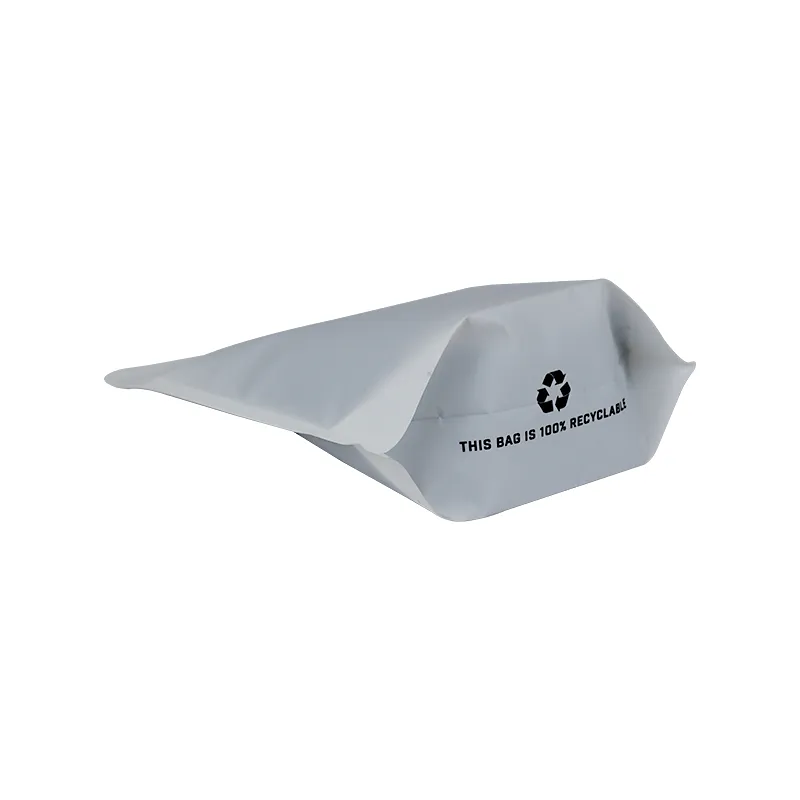Understanding the millimeter measurement of 16 gauge wire thickness
Understanding the Dimensions of 16 Gauge Wire How Many Millimeters?
When it comes to various applications in construction, electronics, and crafting, understanding wire gauge is crucial. Among the many gauges used, the 16 gauge wire is a common choice due to its versatility and strength. A frequent question that arises is How many millimeters does a 16 gauge wire measure? In this article, we will explore the dimensions of 16 gauge wire while delving into its applications, characteristics, and comparing it to other wire sizes.
What is Wire Gauge?
Wire gauge is a standardized measurement used to specify the diameter of a wire. It is typically measured in American Wire Gauge (AWG), a system widely recognized in North America for the sizing of electrical conductors. The larger the gauge number, the smaller the wire diameter. Conversely, a lower gauge number indicates a thicker wire.
The Diameter of 16 Gauge Wire
When it comes to 16 gauge wire, the diameter is approximately 1.29 mm (0.0508 inches). It’s essential to note that the exact diameter can vary slightly depending on the material and insulation used, but this size is generally accepted in most contexts. Understanding this dimension is vital for various applications, as the wire's thickness affects its conductivity and the amount of current it can safely carry.
Conversion to Millimeters
The question How many mm in 16 gauge? directly relates to the AWG to metric conversion. In addition to the nominal size of 1.29 mm, it’s worth noting that this gauge size is primarily used in applications requiring moderate current handling without excessive insulation. The conversion factor can be useful for engineers and crafters who may work with both metric and imperial measurements regularly.
Applications of 16 Gauge Wire
16 gauge wire has a wide range of applications across different fields
how many mm in 16 gauge

1. Electrical Wiring It is commonly used for residential wiring, particularly for circuits that require moderate amperage. This can include lighting fixtures and general-purpose outlets.
2. Crafting and DIY Projects Crafters often use 16 gauge wire for jewelry making, sculptures, and other artistic projects. Its thickness provides the strength needed to hold shape without being too difficult to manipulate.
3. Automotive In the automotive industry, 16 gauge wire can be found in various electrical systems, such as lighting and ignition circuits.
4. Home Improvement For projects such as installing speakers or other low-voltage equipment, 16 gauge wire is often a preferred choice due to its balance of flexibility and strength.
Comparing with Other Gauge Sizes
To appreciate the characteristics of 16 gauge wire better, it’s helpful to compare it with other wire sizes. For instance, 14 gauge wire has a diameter of approximately 1.63 mm (0.064 inches) and can carry more current, making it suitable for heavier electrical loads. Conversely, 18 gauge wire, with a diameter of 1.02 mm (0.04 inches), is suitable for lighter applications.
Understanding the differences between these gauges can help individuals make informed decisions based on the specific requirements of their projects. For example, if a project demands a wire that is both lightweight and flexible, 18 gauge might be more appropriate. However, for stronger connections, 14 gauge would be the better choice.
Conclusion
In conclusion, 16 gauge wire measures approximately 1.29 mm in diameter and serves a variety of applications across different industries. Understanding wire gauge dimensions is essential for ensuring that the right wire is used for the right purpose. Whether for electrical installations, crafting, or automotive work, 16 gauge wire strikes an ideal balance between strength and flexibility. Always remember to consider the specific requirements of your project to determine the appropriate wire gauge and ensure safety and efficacy in your endeavors.













